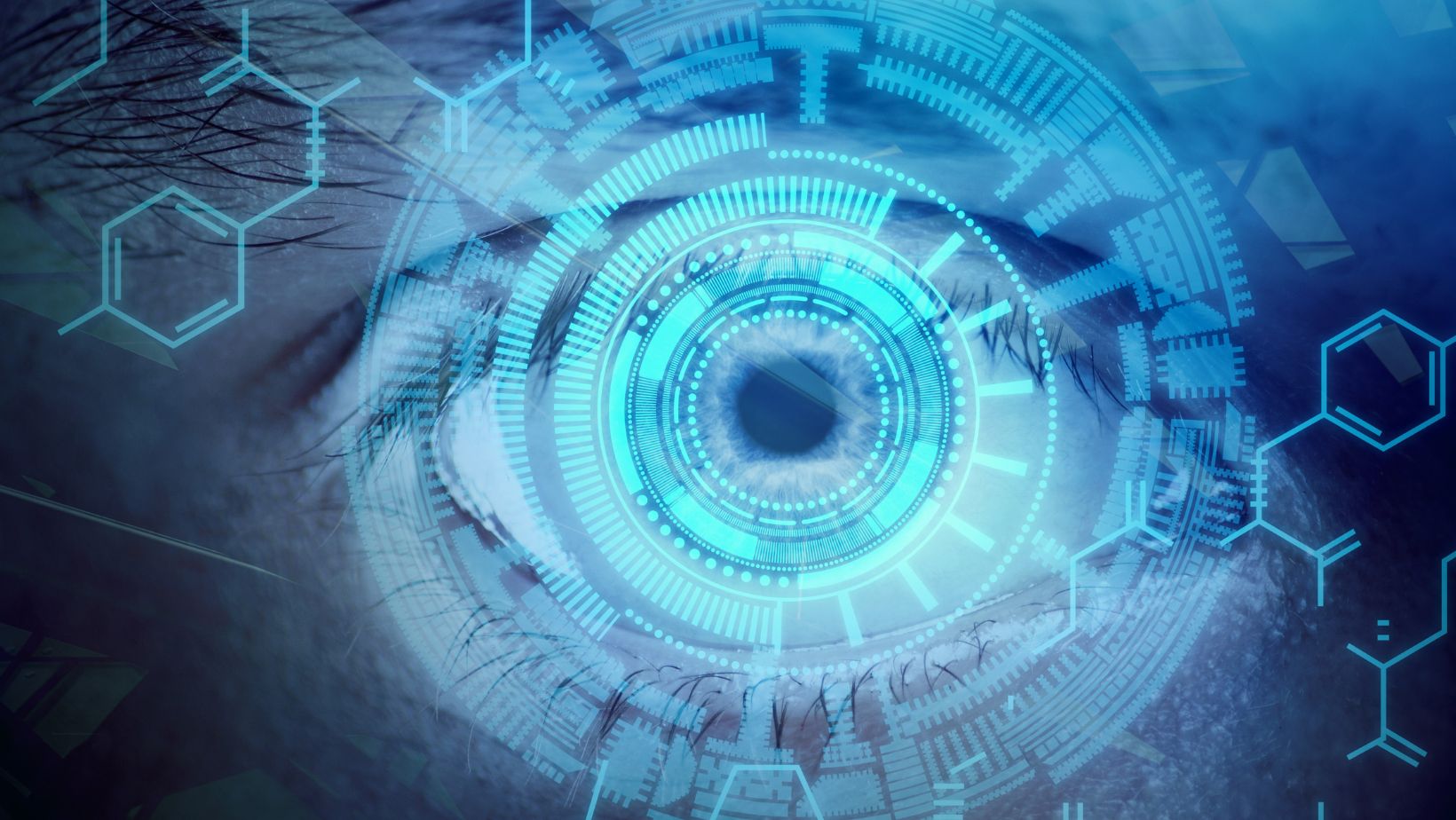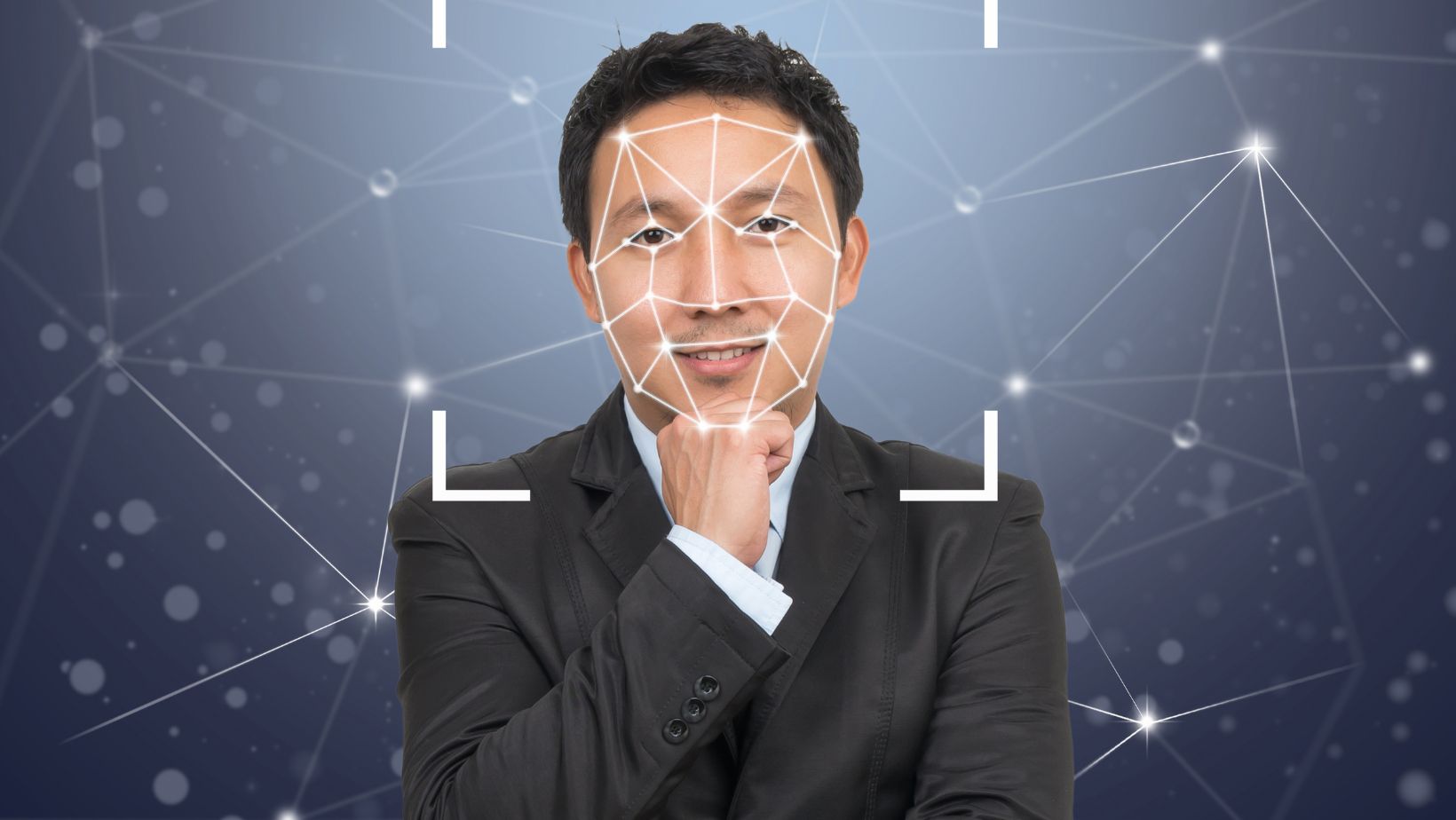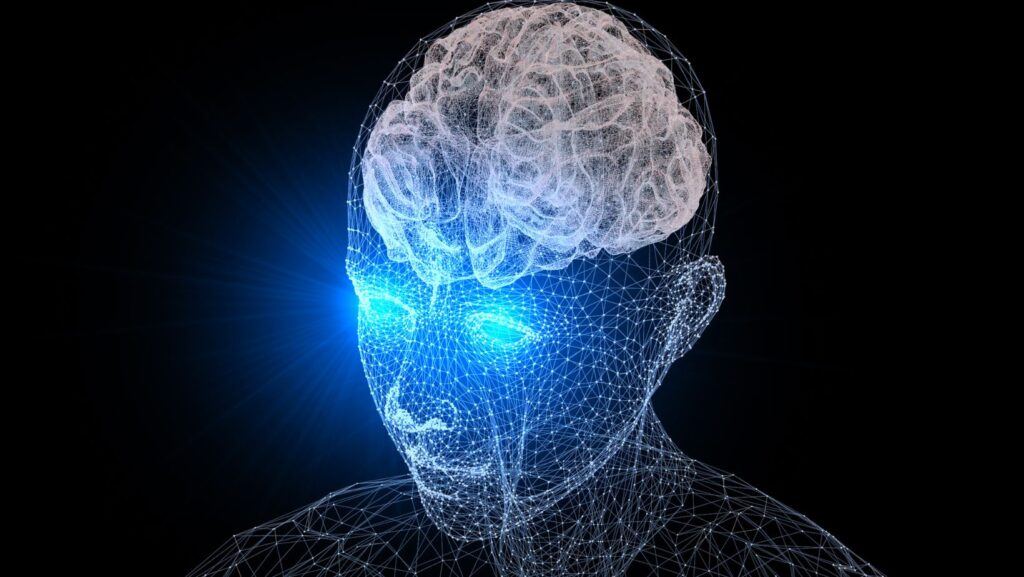OpenCV (Open Source Computer Vision Library) plays a major role in modern artificial intelligence (AI) and robotics. Its collection of image processing algorithms and community-driven tools powers innovative applications—from real-time object detection to full-scale robotic systems. Many organizations now look to hire OpenCV developer experts who can unlock intelligent automation, advanced analytics, or interactive robotics features. This article explores OpenCV’s core capabilities, its significance in AI and robotics, the future it promises, and how to master it.
Computer vision has surged in popularity, especially as data and computational power have grown. Visual tasks—like facial recognition or object tracking—fuel cutting-edge products in healthcare, security, and manufacturing. OpenCV is at the center of these innovations, providing ready-to-use modules for tasks that once required extensive research and coding. By simplifying the development workflow, OpenCV development speeds up prototyping and helps teams achieve real-time results. As AI-driven applications continue to expand, skilled developers who know OpenCV can play a vital role in shaping tomorrow’s technology.
What is OpenCV?
History and Evolution
Started by Intel in the late 1990s to promote machine perception research, OpenCV soon became a standard library for vision-based tasks. Over the years, it introduced new features like GPU acceleration, a C++ interface, and better machine learning modules. Its BSD license encouraged both academic and commercial adoption. As deep learning approaches rose to prominence, OpenCV adapted to stay relevant, integrating with frameworks like TensorFlow and PyTorch for accelerated inference.
Core Features and Functionality
OpenCV offers tools for:
- Basic Image Processing: Converting color spaces, resizing images, and removing noise.
- Feature Detection: Algorithms like SIFT, ORB, and SURF for matching keypoints and tracking objects.
- Object Recognition: Detecting faces, cars, and other categories with methods like Haar Cascades or DNN modules.
- Video Analysis: Tracking moving objects and subtracting backgrounds for security or analytics applications.
- Machine Learning Integration: Using Support Vector Machines, decision trees, or neural network layers directly in OpenCV.
Libraries and Tools in the Ecosystem
OpenCV spans multiple languages:
- OpenCV-Python: Ideal for quick prototyping and integration with data science libraries.
- OpenCV-Contrib: Experimental modules (e.g., text detection) that extend core functionality.
- OpenCL and GPU Support: Boosted performance for large-scale or real-time tasks.
Community-Driven Nature
Being open source, OpenCV is shaped by developers across the globe. Frequent pull requests, user-contributed tutorials, and vibrant forums enrich its codebase and documentation. This global collaboration ensures rapid evolution and widespread testing. As a result, people who hire OpenCV developer teams are tapping into a mature, community-supported platform.
OpenCV in Artificial Intelligence
Machine Learning and Deep Learning Role
Machine learning has reshaped computer vision, with neural networks excelling at classification and detection. OpenCV aids these workflows by providing data preprocessing, image augmentation, and real-time transformation. While specialized AI frameworks handle the heavy lifting of training deep models, OpenCV focuses on swift image handling, ensuring data flows smoothly into neural network pipelines.
A 2023 Grand View Research report projects the computer vision market to reach roughly USD 25 billion by 2027, driven largely by advances in AI. Given OpenCV’s position in many of these solutions, the demand for proficient developers continues to grow.
Image Recognition and Classification
Image recognition forms the backbone of automation—whether it’s scanning for defects on a conveyor belt or identifying cat breeds in an app. OpenCV assists with thresholding, segmentation, normalization, and feature extraction. Once the data is properly processed, advanced models (like convolutional neural networks) handle classification. This setup allows teams to efficiently build robust pipelines without reinventing basic image operations.
Typical Computer Vision Tasks
- Object Detection & Tracking – Locating items or people within frames, crucial for surveillance and autonomous driving.
- Facial Recognition – Used for security checks or device unlock features.
- Optical Character Recognition (OCR) – Extracting text from scanned or photographed documents.
- Gesture Recognition – Capturing hand motions for interactive applications or sign language translation.
Real-World Applications
- Autonomous Vehicles: Lane detection, obstacle recognition, and pedestrian tracking rely on OpenCV modules.
- Healthcare: AI-driven image analysis for detecting tumors or abnormalities in medical scans.
- Security & Surveillance: Monitoring crowds and automating alerts with motion detection or face recognition.
- Retail & E-commerce: Systems that automate checkouts or manage inventory through visual scanning.
OpenCV’s Contribution to Robotics
Importance of Computer Vision in Robotics
Robots need reliable visual input to interact with unpredictable environments. OpenCV supports real-time filtering, feature matching, and 3D reconstruction, allowing robots to adapt instead of just following rigid instructions. With fast on-device processing, machines can make quick decisions to avoid collisions or pick objects correctly.
Enabling Robots to Perceive and Interact
Robotic arms use camera feedback for precision assembly, while drones map their surroundings to avoid obstacles. RPA developers often combine OpenCV with data from LiDAR or sonar to achieve accurate localization. This fusion of sensors boosts reliability for tasks in fields such as surgical robotics or warehouse automation.
Examples of Robotics Applications
- Drones: Automatic navigation, target tracking, and landing zone identification.
- Factory Assembly Lines: Vision-based sorting, inspection, and defect detection.
- Service Robots: Navigating crowded areas, responding to gestures or voice commands.
- Warehouse Automation: Intelligent path planning with camera-based environment mapping.

| Task | OpenCV | Benefit |
| Object Detection | Haar Cascades, DNN models | Faster item sorting |
| Collision Avoidance | Real-time edge tracking | Fewer accidents |
| Precision Assembly | Feature matching, calibration | Better placement accuracy |
| Drone Navigation | Optical flow, stereo vision | Stability and adaptive flight |
Integration with ROS
ROS (Robot Operating System) works smoothly with OpenCV, letting developers structure vision, motion, and control nodes. Images can be published from a camera node, processed in an OpenCV node for detection, and then used by a control node for real-time movement. This modular setup simplifies debugging and fosters code reuse.
Advanced Techniques Shaping the Future
AI-Powered Advancements
OpenCV accommodates modern deep network models for tasks like segmentation, pose estimation, and generative imaging. The DNN module allows loading pre-trained models from top frameworks, ensuring high inference speed even on standard hardware. Although training advanced models generally happens elsewhere, OpenCV’s real-time nature shines during deployment.
Integration with TensorFlow, PyTorch, and Cloud
Once models are trained in TensorFlow or PyTorch, they can be converted to formats OpenCV supports. In cloud environments, users can run AI workloads on high-powered GPUs, then deploy optimized solutions at scale. This approach aligns well with businesses that want the efficiency of cloud resources combined with local data processing.
Edge Computing and Real-Time Data
OpenCV is ideal for embedded devices and edge setups, where bandwidth or latency concerns rule out extensive server communication. Hardware accelerators like NVIDIA Jetson or Google Coral further boost performance. This setup is popular for security cameras or autonomous robots that must act instantly on sensor data.
Challenges Developers Face
Technical Complexities
Developers must pick algorithms suited to their performance and accuracy needs. High accuracy can mean more GPU power, while simpler methods might suffice for straightforward tasks. Unpredictable real-world conditions—varied lighting, occlusions—add complexity to model deployment.
Limitations and Workarounds
- Training Complex Models: OpenCV focuses on inference, so deep training usually happens in dedicated frameworks.
- Sparse Documentation for Rare Modules: The community helps fill gaps, but some niche features may require digging into source code.
- Platform Differences: Building from source might be necessary for certain optimizations, demanding good knowledge of build systems like CMake.
Large Datasets and Training
Collecting and labeling massive datasets is often needed for deep learning. Balancing data classes is key to preventing biased models. Efficient storage and hardware resources also become pressing concerns for projects that involve millions of images.
Cross-Platform Deployment
Ensuring consistent performance across embedded systems, desktops, and cloud servers is no small feat. Some solutions need local processing for low latency, while others offload tasks to remote servers with powerful GPUs. An OpenCV developer must evaluate these trade-offs carefully.
The Future of OpenCV in AI & Robotics
Emerging Trends
- 3D Vision and Photogrammetry: More sophisticated approaches to reconstructing scenes and tracking objects in three dimensions.
- Collaborative Robotics: Greater emphasis on detecting humans and adjusting to shared spaces.
- Reinforcement Learning: Relying on robust visual data to guide agents as they learn new tasks.
Potential Impact
Industries like healthcare, manufacturing, agriculture, and entertainment will keep adopting advanced vision tools. IDC forecasts global AI spending to exceed USD 110 billion by 2025, a sign that vision-driven solutions will remain crucial.
Opportunities for Developers
High demand for computer vision specialists means developers proficient in OpenCV can find lucrative roles. Some might also choose freelance consulting, as firms often outsource vision-related tasks. Companies looking to expand AI initiatives will continue to hire OpenCV developer professionals.
Updates and Enhancements
Expect further improvements in GPU integration, expanded neural network support, and better 3D modules. The open-source model ensures that updates reflect cutting-edge research and user feedback.
How to Master OpenCV
Key Skills
- Programming Fundamentals (C++/Python)
- Mathematics (Linear Algebra, Probability)
- Machine Learning Basics
- Optimization and Profiling

Understanding these core areas can make the difference between creating a simple proof-of-concept and delivering a high-performance production system.
Resources for Learning
- Official Documentation – Extensive tutorials and reference pages.
- Online Courses – Coursera, Udemy, and edX often offer project-based lessons.
- Community & GitHub – Forums and repositories for tips, code samples, and collaborations.
- Tech Meetups – Workshops that demonstrate hands-on use of advanced features.
Building a Portfolio
Practice by developing:
- Face Recognition Apps – Combine pre-trained detectors with a custom front end.
- Pose Estimation – Track body movements with OpenCV’s DNN module.
- AR Projects – Overlay virtual elements on detected markers.
Document your process in GitHub repos or personal websites to showcase real-world proficiency.
Joining the Community
Contribute to open-source issues, share tutorials, and be active in forum discussions. This involvement both enriches your knowledge and builds a professional network.
Conclusion
OpenCV has emerged as a vital resource for companies and developers who want to incorporate visual intelligence into products or research. Its modular design, wide-ranging algorithms, and community support allow for fast deployment of features like image classification, object detection, and real-time tracking. Paired with deep learning frameworks or integrated into robotics systems, OpenCV helps machines “see” and act accordingly. The growing need for automated processes suggests that those who learn OpenCV today can shape the AI and robotics of tomorrow.

